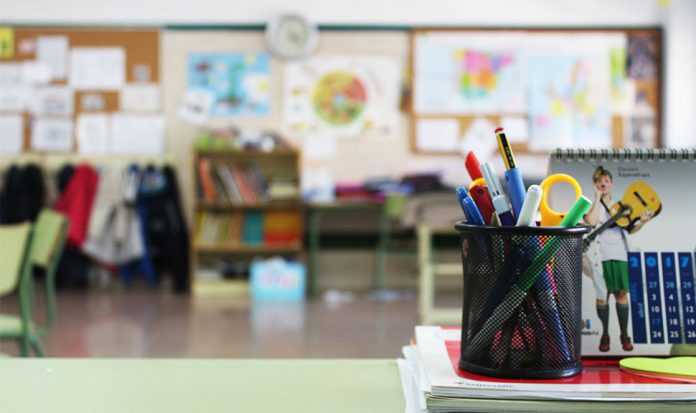By: Katherine Marfal-Teves
With the recent implementation of the K to 12 program and the consequent passing of Kindergarten Education Act, also known as Republic Act No. 1057, all children are required to attend Kindergarten when they reach five years old—this is applicable for both public and private sectors.
Thus, it is safe to say that five-year-old children are expected to possess fundamental knowledge and skills as they enter big school.
So if you are a mom like me who has a child nearing five years old, it is pretty sure that you are already considering a few schools where you can enroll your kid.
There are three widely-used educational approaches within Metro Manila schools that you can choose from. These are Traditional, Progressive and Montessori approaches. Take your pick as to what you deem the most suitable for your child.
Traditional Approach
This type of approach is teacher-centered. It means that the teacher is the primary source of learning, and has the final say when it comes to curriculum content and other classroom outcomes.
Examples of schools using traditional approaches are Ateneo de Manila, La Salle, Assumption, Immaculate Conception, Xavier and Miriam.
Learning takes place in the classroom, and students’ learning is measured through the grades in their report cards.
Traditional schools often promote competitiveness among students in the classroom.
Other characteristics of traditional approach are the following:
- Subject-oriented. It focuses on the 2 R’s: Reading and Rithmetic.
- Makes use of memorization drills to increase attention span and encourage work habits.
- Students need to pass standardized tests.
- Concepts are presented as facts to promote learning.
- Discipline is firmly enforced by the teacher, requiring all students to maintain silence within the classroom to promote productive learning.
- Students are expected to adapt to the pace of learning within the classroom so he or she would not be left behind.
- There are 25-40 students in one class.
Elaine, 28, mom of Shantal, 5, says that she prefers a traditional school for her daughter because she values discipline.
Teacher Joyce, who has been teaching in a traditional school for over five years now, believes that traditional approach works best for students who learn better within the confines of a classroom.
Progressive Approach
There are already a good number of progressive schools within Metro Manila like The Learning Tree Child Growth Center, Brent International School, and The Learning Child School to name a few.
The progressive approach is child-centered. Schools with this type of approach make use of various learning methods to suit the needs and interests of each student.
If the traditional approach focuses on the intellectual development of a child, this approach centers on the socio-emotional and mental development of a student.
Learning methods are mostly done by groups, and children are well guided to work at a pace he or she is most comfortable with.
Here are other characteristics of progressive schools:
- Self-discipline is more preventive than remedial.
- There are usually 10-15 students in a class.
- Learning is done through hands-on projects and experiential learning.
- Encourages problem-solving and critical thinking skills.
- Makes use of integrated curriculum that centers on thematic units.
- Does not focus on textbooks and utilizes other learning resources.
Issa, mom of Rizo, 4, prefers progressive schools because she believes that children learn better if they are exposed to various learning resources, and are allowed to explore the things around them.
Teacher Donnie, who has been teaching in a progressive school for 3 years now, shares that experiential learning is one teaching method that really works best for her students.
Montessori Approach
With the Montessori type of approach, students are given the freedom to express themselves creatively in various aspects of education.
Teachers need to adjust their teaching style to suit the particular learning style of a student. Montessori schools facilitate learning through guidance and experiments.
The teachers’ main job is to observe and supervise their students. Children are not taught what is right and wrong; instead, they are persuaded to recognize possible opportunities on their own.
Physical activities play a major role, so students can learn practical skills and abstract concepts.
If your kid expresses a strong desire to do certain activities on his or her own, Montessori approach may be a right fit for him or her.
Gale, 26, mom to Liberty, 6, loves the Montessori approach because, for her, it offers a lot of learning possibilities for her daughter. She added that she is also learning a lot from this approach as to how she will guide Liberty.
As you choose a school for your kid, don’t forget to consider his or her strengths, interests and personality. Primary education is a crucial learning stage for your child, so you must only choose the best school that will maximize his or her potential.
Katherine Marfal-Teves is a freelance writer and a mom to a soon-to-be four-year-old boy and building blocks artist. She would love to know herself more through her poems, stories, and articles.
Join our MomCenter Community on our Facebook page and Facebook group.





